Choosing the best phone case for your lifestyle is more important than you think. Ever dropped your phone and experienced that heart-stopping moment before checking if the screen survived? Yeah, me too… About 95 million smartphones get damaged from drops every year in the US alone.
It’s easy to get overwhelmed when trying to choose the best phone case for your lifestyle, but this guide simplifies it for you.
Your phone is basically an extension of you – it holds your life, your memories, your work. So why are you protecting it with that $5 gas station case that’s already turning yellow?
Choosing the perfect phone case for your lifestyle isn’t just about looks (though we all want something Instagram-worthy). It’s about finding that sweet spot between protection, functionality, and personal style.
I’ve tested over 50 different cases across every price point and lifestyle need. And let me tell you – what works for a construction worker definitely isn’t what a fashion influencer needs.
But which factors actually matter when making your choice? The answer might surprise you…
How to Identify Your Needs for the Best Phone Case for Your Lifestyle
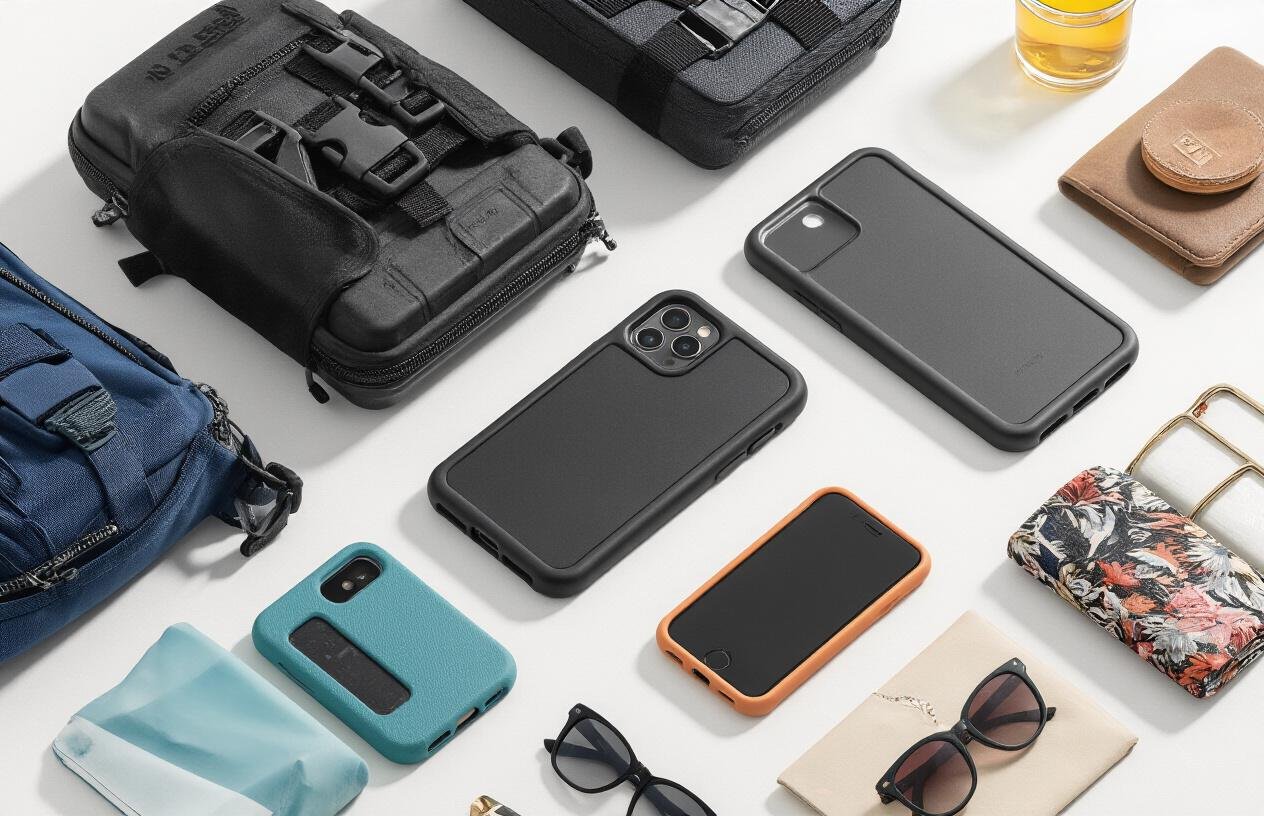
Identifying Your Daily Activities and Risk Factors
Your phone follows you everywhere, right? From the office to the gym to that camping trip last weekend. The case you choose needs to match this journey.
If you’re constantly on construction sites or hiking rugged trails, you need serious protection—think thick rubber corners and shock absorption that can handle a 6-foot drop. Those military-grade cases exist for a reason.
But maybe your phone mostly lives in your pocket or purse, only coming out for calls and texts. Then a slim case with basic protection might be all you need.
Ask yourself:
- Do you work outdoors or in harsh environments?
- Are you prone to dropping your phone? (Be honest!)
- Do you have kids who might grab your phone?
- Are you around water often?
Balancing Protection with Convenience
Nobody wants a phone case that feels like carrying a brick. The protection-convenience balance is real.
The bulkiest cases offer amazing protection but might not fit in your pocket. Meanwhile, those ultra-thin cases feel great but might crack on the first drop.
Your sweet spot? It depends on your priorities.
If wireless charging matters to you, avoid super thick cases. If you’re always on the go, consider a case with a built-in card holder or grip.
Remember, the best phone case for your lifestyle will balance protection with comfort in your daily use.
Considering Your Aesthetic Preferences
Your phone is basically an extension of yourself, so its outfit matters.
Some folks want minimalist designs that showcase the phone’s original beauty. Others prefer bold patterns or custom photos that express their personality.
Materials make a difference too:
- Leather cases age beautifully and feel premium
- Clear cases show off your phone’s design
- Wooden cases offer unique, natural textures
- Silicone cases provide that soft, grippy feel
Remember, you’ll be looking at this case every single day. Choose something that makes you smile.
Types of Phone Cases: Finding the Best Phone Case for Your Lifestyle
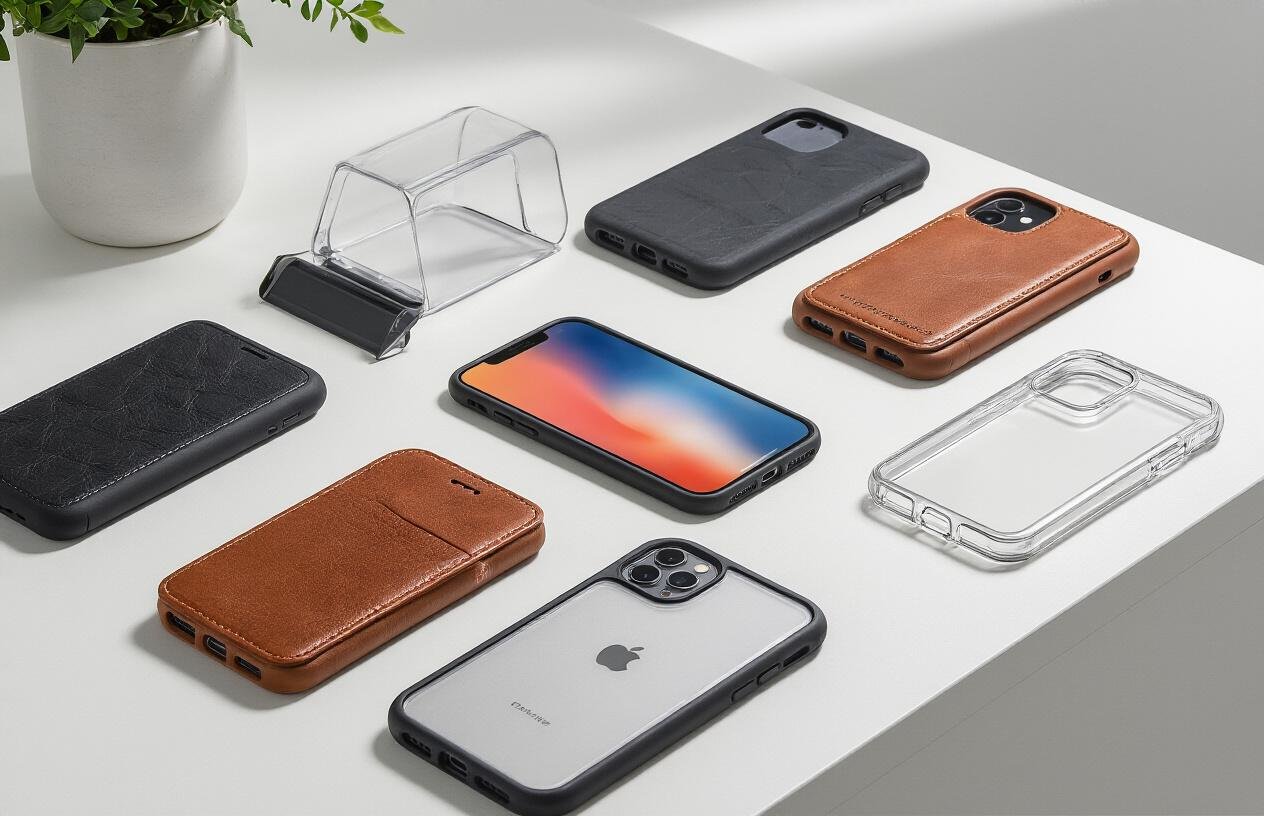
Slim Cases for Minimalists
Ever noticed how some people just can’t stand bulky phone cases? That’s because minimalists value sleekness above all. Slim cases add barely any weight to your device while still offering basic scratch and minor drop protection.
These cases typically add less than 2mm of thickness, maintaining your phone’s original profile. Perfect if you’re the type who slides your phone into tight jeans pockets or small purses.
The trade-off? You won’t get maximum protection. But if you’re careful with your devices and rarely drop them, a slim case might be all you need.
Rugged Cases for Adventure Seekers
Drop your phone constantly? Spend weekends hiking or rock climbing? You need a rugged case.
These bad boys feature multi-layer construction with reinforced corners and sometimes even built-in screen protectors. Many meet military drop-test standards (MIL-STD-810G), which means they can survive falls from 4-6 feet onto hard surfaces.
Sure, they add bulk, but that’s the price for peace of mind when you’re mountain biking down a rocky trail with your phone mounted to your handlebars.
Wallet Cases for Practical Users
Why carry two things when you could carry one? Wallet cases let you ditch your bulky billfold by adding card slots and sometimes a cash pocket to your phone case.
Most flip open like a book, doubling as a screen protector when closed and a stand for hands-free video watching. Super handy for travel when you want to minimize what you’re carrying.
The downside? They’re bulkier than slim cases and less protective than rugged ones. But that convenience factor is hard to beat.
Waterproof Cases for Beach Lovers and Travelers
Nothing ruins a beach day faster than saltwater in your charging port. Waterproof cases create a sealed environment that keeps out water, sand, and snow.
Good ones come with IP68 ratings, meaning they can handle submersion in 6.6 feet of water for up to 30 minutes. That’s plenty of protection for swimming, snorkeling, or getting caught in a downpour.
They’re not just for beach days either. If you work in construction, healthcare, or anywhere liquids might damage your device, these cases are lifesavers.
Designer Cases for Fashion-Forward Individuals
Your phone is practically glued to your hand all day—why not make it a fashion statement? Designer cases range from luxury brand collaborations to artistic prints and patterns that express your personal style.
Many feature unique materials like genuine leather, wood veneer, or fabrics that stand out from standard plastic cases. Some even incorporate elements like metal accents or hand-painted details.
While they might not offer the best protection, they definitely make a statement. Think of them as jewelry for your phone—that extra accessory that completes your look.
Material Matters: Picking the Best Phone Case for Your Lifestyle
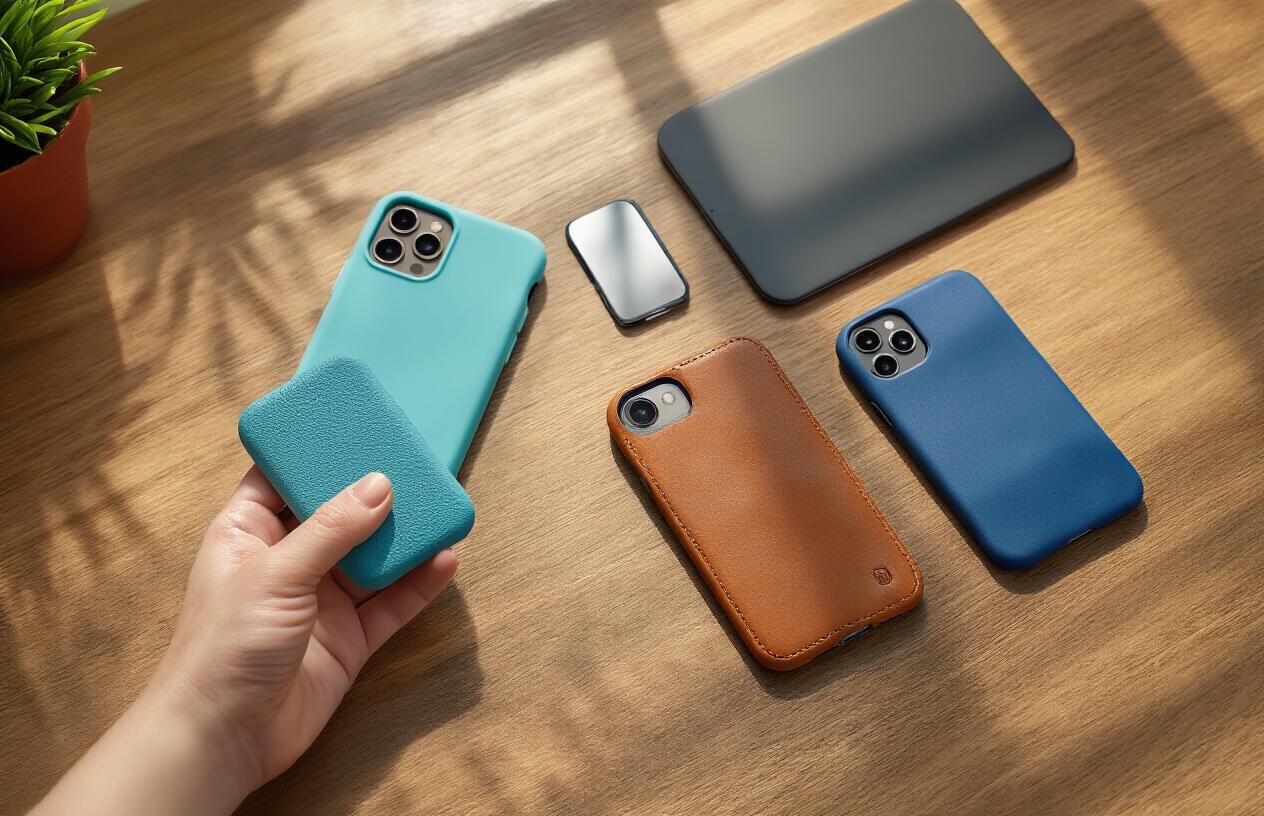
When selecting the best phone case for your lifestyle, consider materials that match your daily activities and preferences.
Silicone vs. TPU: Flexibility and Grip
Ever grabbed your phone and had it slip right out of your hand? The material of your case plays a huge role in preventing those heart-stopping moments.
Silicone cases feel soft and rubbery. They’re super grippy – perfect if you’re constantly on the move or have butterfingers. They also absorb shock really well when your phone takes a tumble. The downside? They attract lint and dust like crazy, and can stretch out over time.
TPU (thermoplastic polyurethane) offers the best of both worlds. It’s more durable than silicone but still has that nice grip. It won’t yellow as quickly as silicone and tends to stay cleaner. Many “silicone” cases are actually TPU these days because it’s just that good.
Polycarbonate and Hard Plastics: Durability and Style
Hard plastic cases are the go-to if you want something slim that won’t bulk up your phone. They snap on easily and come in endless designs – from transparent to wild patterns.
Polycarbonate is the superhero of hard plastics. It’s lightweight but incredibly strong, offering solid protection against scratches and minor drops. The catch? They don’t absorb shock as well as softer materials.
These cases are perfect if you:
- Hate bulky pockets
- Want to show off your phone’s design
- Need something that won’t bend or warp
Leather Options: Premium Look and Aging Characteristics
Nothing says grown-up quite like a leather phone case. Real leather develops a gorgeous patina over time – each scratch and mark tells a story. It’s like a good pair of boots or a wallet that gets better with age.
Genuine leather costs more but offers unmatched warmth and character. PU leather (the synthetic stuff) gives you the look for less money, though it won’t age the same way and might crack eventually.
Leather cases typically come in folio or wallet styles, giving you space for cards and cash. Just know they add a bit more bulk than other options.
Eco-Friendly Materials for Sustainable Choices
Phone cases create serious waste. If you’re environmentally conscious, look for cases made from:
- Biodegradable materials like wheat straw or bamboo fiber
- Recycled ocean plastic
- Cork (super sustainable and naturally shock-absorbent)
- Wood (usually combined with other materials for durability)
These eco-friendly options have come a long way. They’re not the flimsy alternatives they once were – many offer protection comparable to conventional materials while letting you feel good about your purchase.
For eco-conscious options, check out Pela Case, a brand known for biodegradable and compostable phone cases.
Some brands even have take-back programs where they’ll recycle your old case when you’re ready for a new one. That’s a win-win.
Essential Features When Choosing the Best Phone Case for Your Lifestyle
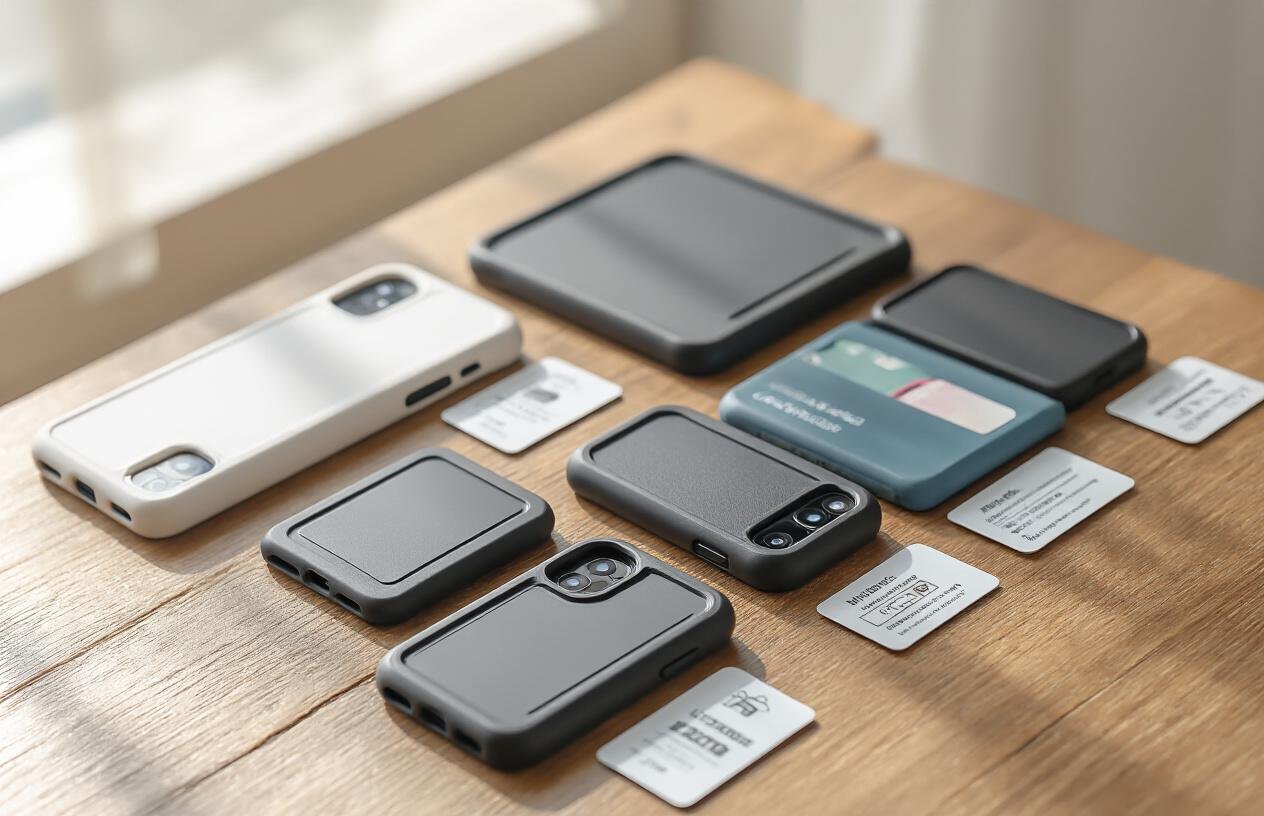
Drop Protection Ratings and What They Mean
Ever dropped your phone and felt your heart drop with it? Yeah, me too. Phone case manufacturers know this all too well, which is why they’ve created protection ratings to help you choose the right armor for your device.
Most reputable cases use Military Standard 810G (MIL-STD-810G) testing, which means they’ve survived multiple drops from about 4 feet onto hard surfaces. But here’s the thing – not all military-grade claims are created equal. Some companies do legitimate third-party testing, while others… well, let’s just say they’re optimistic about their products.
Then there’s IP ratings like IP68, which tell you about water and dust resistance. The first number (6) is for dust protection, and the second (8) for water. Higher numbers mean better protection.
Some brands have their own rating systems too:
| Brand | Rating System | What It Means |
|---|---|---|
| OtterBox | Defender/Commuter/Symmetry | Different levels of protection (Defender being most protective) |
| Speck | Drop Test | Number of feet case protects from drops |
| UAG | Impact Resistance | Military drop test compliance with added specifics |
Wireless Charging Compatibility
Nothing’s more annoying than buying a fancy case only to discover it blocks wireless charging. Talk about a modern-day tragedy!
Most slim to medium-thickness cases (under 3mm) play nice with wireless chargers, but thicker, rugged cases can be problematic. Metal components are the biggest culprits here – they interfere with the magnetic field needed for charging.
Some case makers now specifically label their products as “wireless charging compatible,” which takes the guesswork out. If you’re rocking a MagSafe iPhone, look for cases that say “MagSafe compatible” to ensure your magnetic accessories still work.
Make sure your case supports Qi wireless charging, the standard used by most modern smartphones.
Pro tip: Some cases might allow wireless charging but at a slower rate. If speed matters to you, check reviews or manufacturer specs about charging efficiency.
Wireless charging compatibility is a factor in choosing the best phone case for your lifestyle, especially if you charge frequently.
MagSafe-Compatible Cases for Samsung Devices
If you’re a Samsung user exploring magnetic accessories, not all phone cases are created equal. We recently reviewed one of the best options on the market — the Samsung Magnetic MagSafe Case: Magna Guard. It combines magnetic support, protection, and style, making it a top pick for wireless charging and MagSafe accessory lovers.
Grip Enhancement Technologies
Phone manufacturers love making sleek, slippery devices. Case makers have responded with some pretty clever grip technologies:
Textured sides and backs provide the most basic grip improvement. Look for ridged patterns, silicon strips, or microdots that add friction without bulk.
TPU (thermoplastic polyurethane) edges give that slightly tacky feel that keeps your phone from sliding out of your hand.
Finger grooves are making a comeback, with ergonomic indentations where your fingers naturally rest.
Some newer cases feature special coatings that get grippier when wet – perfect for pool days or sweaty hands.
The coolest innovation might be the PopSocket-integrated cases that combine protection with that satisfying pop-out grip in one package.
Special Features (Kickstands, Card Slots, Lanyards)
Phone cases aren’t just about protection anymore – they’re about making your life easier.
Kickstands are perfect for binge-watching without hand cramps. The good ones are sturdy enough to support your phone in both portrait and landscape mode.
Card slots can replace your wallet for quick errands. Most hold 2-3 cards, but be careful – keeping credit cards against your phone can potentially demagnetize them (though it’s rare with modern cards).
Lanyards and wrist straps are making a comeback, especially for outdoor activities. They’re not just for cameras anymore!
Battery cases solve the eternal power problem, giving you extra juice when you need it most. They’re bulkier, but that peace of mind is worth it for many.
Some cases even include built-in screen protectors, saving you from buying and applying them separately.
The trick is balancing features with bulk – every add-on makes your sleek phone a little chunkier. Pick what matters most for how you actually use your phone day-to-day.
Finding the Perfect Fit for Your Specific Phone Model
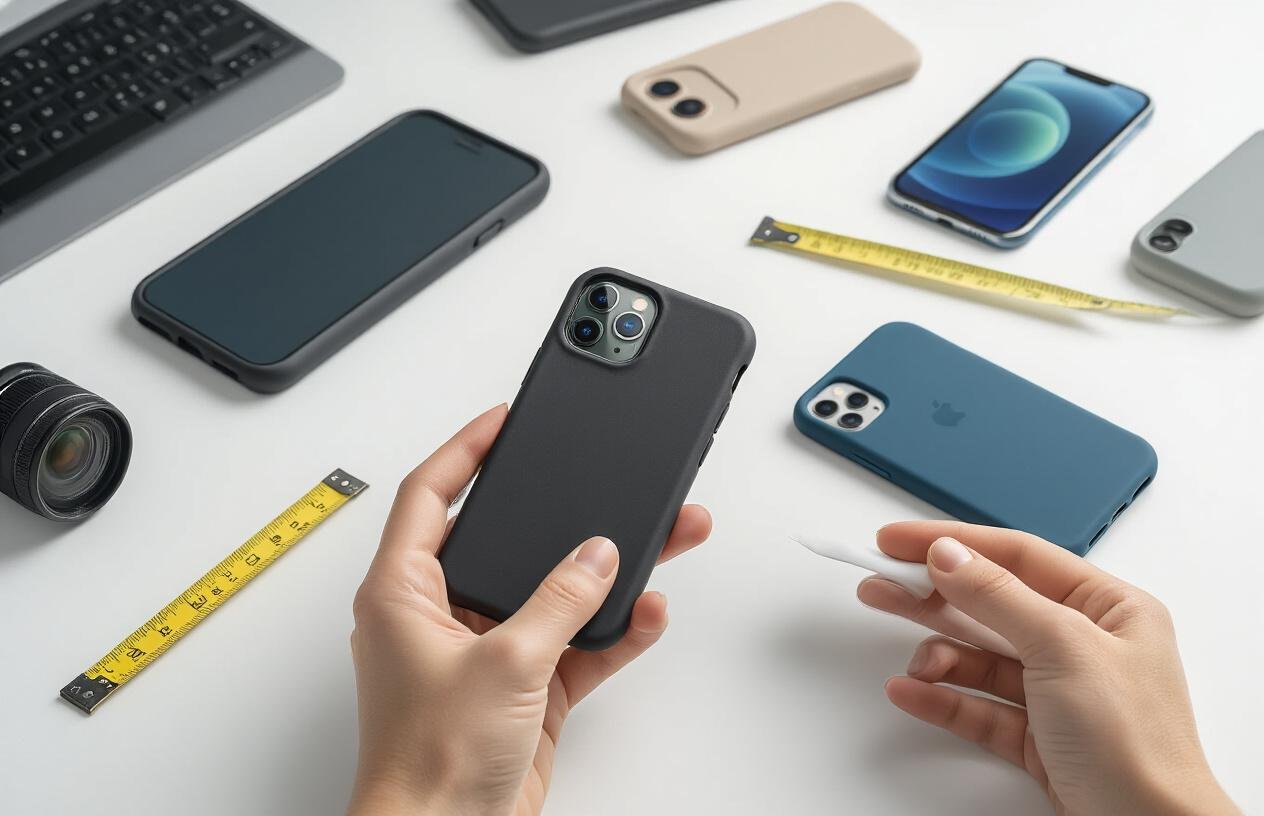
Case Precision and Camera Cutouts
Ever tried a case that blocks half your camera lens? Total nightmare. Phone cases are like shoes – they need to fit perfectly or they’re basically useless.
When hunting for your next phone case, flip it over and check those camera cutouts. They should align perfectly with your phone’s camera array. Too small and you’ll get shadows in your photos. Too large and dust collects inside (gross).
The rise of multi-lens cameras has made this even trickier. That cheap generic case? It might have been designed before your phone model was even released.
Pro tip: Cases made specifically for your exact phone model will always fit better than “universal” options. The difference in precision is night and day.
Button Accessibility and Responsiveness
Nothing ruins a good case faster than mushy buttons. You know what I’m talking about – when you have to press with the strength of ten people just to turn up the volume.
Quality cases have button covers that maintain the tactile feel of your original buttons. They should:
- Click with minimal extra pressure
- Be perfectly aligned (not slightly off-center)
- Return to position immediately after pressing
Some premium cases use aluminum button covers that actually improve the click feel over the original buttons. Others leave precise cutouts around the buttons for direct access.
Test all buttons before committing – power, volume, mute switches, and any special buttons your phone has.
Screen Protection Options
Your screen is the most vulnerable (and expensive) part of your phone. Let’s break down your protection options:
- Raised lips/bezels: Creates a buffer zone between your screen and surfaces. Look for at least 1mm of elevation.
- Built-in screen protectors: Convenient but often reduce touch sensitivity and clarity.
- Compatibility with separate protectors: Some cases push up against screen edges, popping off separate protectors.
The sweet spot? Cases with enough raised edge to protect from face-down drops, but not so much that they interfere with swiping from screen edges.
For ultimate protection, pair a case that has compatible dimensions with a good tempered glass screen protector. This combo gives you drop protection and scratch resistance without compromising usability.
Budget Considerations and Value Assessment
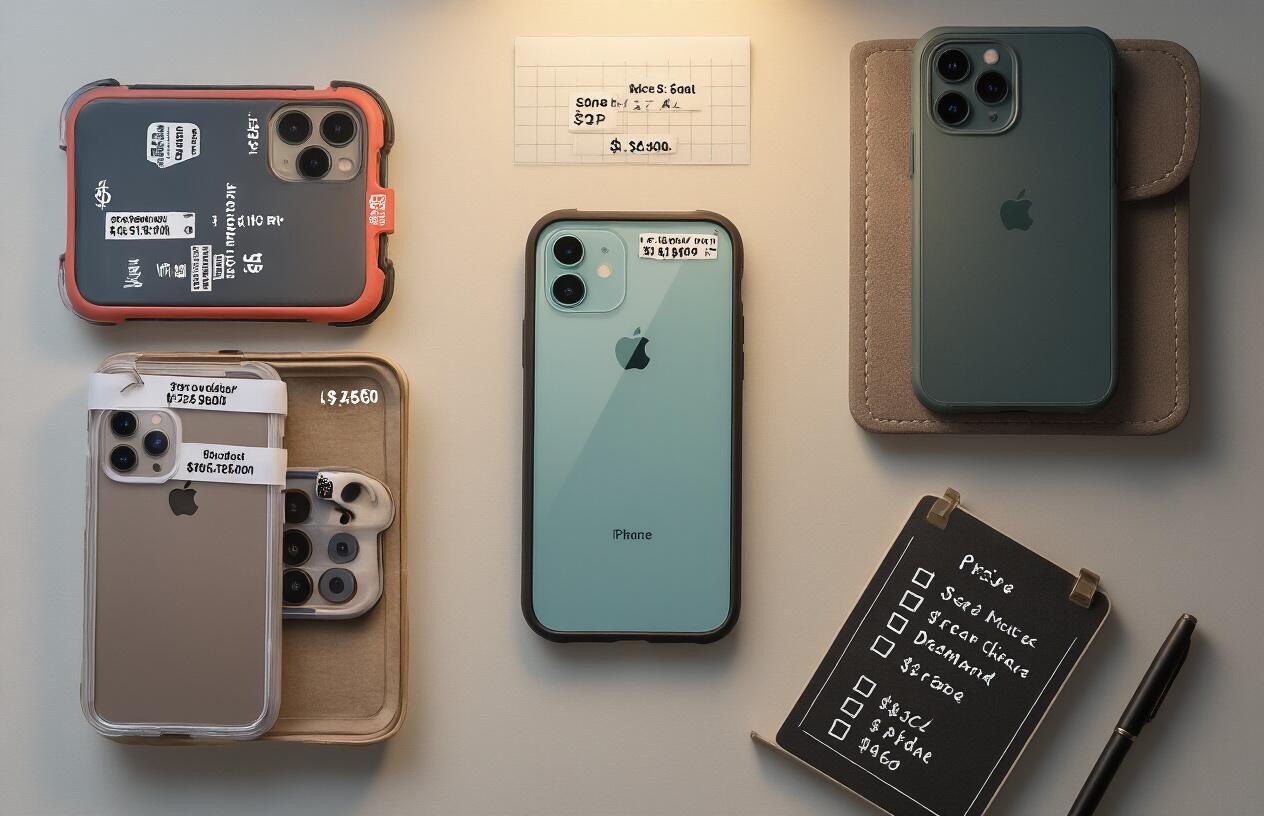
Price Ranges and What You Get at Each Level
Phone cases come in wildly different price brackets, and yes – you usually get what you pay for:
$5-15 (Budget)
These basic cases offer minimal protection and simple designs. Fine for people who rarely drop their phone or just need something to prevent scratches. They’ll typically last 3-6 months before showing wear.
$15-40 (Mid-Range)
This sweet spot balances protection and style. You’ll find decent drop protection (usually 3-6 feet), better materials, and more design options. Most people are perfectly happy here.
$40-80 (Premium)
Now we’re talking serious protection, premium materials like genuine leather or aircraft-grade aluminum, and brand names. These cases last longer and often include extras like kickstands, card slots, or antimicrobial treatments.
$80+ (Luxury/Specialty)
Designer brands, ultra-rugged protection, or specialty features like waterproofing live here. You’re paying for brand names or extreme durability for specific activities.
When to Invest in Premium Cases
Splurging on an expensive case makes sense in these situations:
- You’re constantly outdoors or work in rough environments
- You’ve broken multiple phones before (no judgment, happens to the best of us)
- You use your phone for adventure sports or extreme conditions
- Your phone is a status symbol and part of your personal brand
- You want specialized features like waterproofing or camera lens attachments
Remember: a $60 case that saves your $1000 phone once has already paid for itself many times over.
Finding Quality Budget Options
Don’t have much to spend? No problem. Here’s how to get maximum value:
- Look for sales on last season’s premium cases
- Check reviews obsessively – focus on durability comments
- Avoid the absolute cheapest options – that $2 case is practically disposable
- Consider brands like Spigen, Caseology and Ringke that offer solid protection at reasonable prices
- Look for dual-layer cases even at lower price points
- Skip unnecessary features to focus on core protection
The trick is finding that balance between price and protection that matches how you actually use your phone. Sometimes the mid-range option is actually the best value.
You don’t need to overspend to find the best phone case for your lifestyle; many affordable options deliver solid protection. If you’re still hunting for a value-for-money smartphone, check out our curated list of the best smartphones under ₹20,000 in May 2025 — great phones deserve great protection.
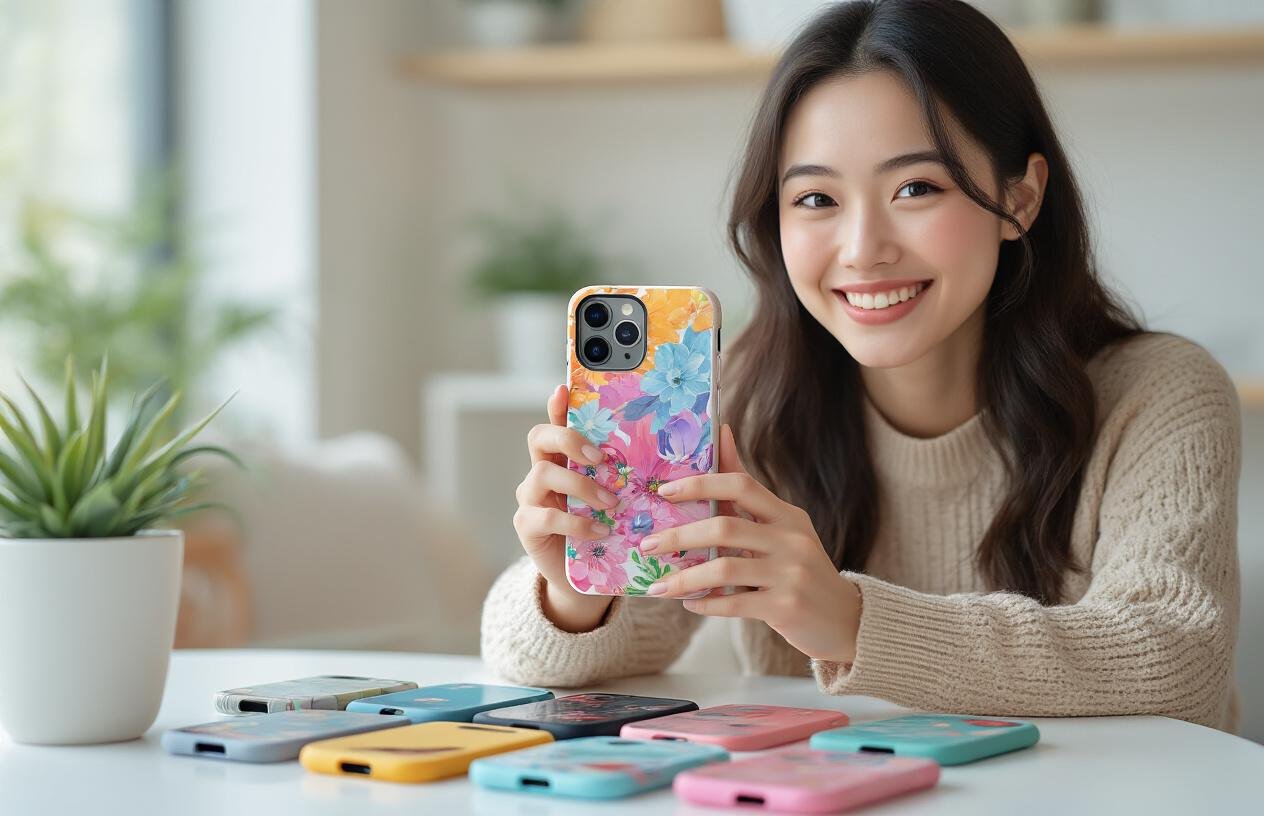
Selecting the right phone case is a deeply personal decision that should align with your unique lifestyle requirements. By understanding your protection needs, exploring the various types of cases available, considering material durability, and assessing essential features, you can find a case that not only safeguards your valuable device but complements your daily activities.
Remember that the perfect phone case strikes a balance between protection, functionality, and your budget constraints. Whether you’re an outdoor enthusiast requiring rugged protection, a minimalist seeking a slim profile, or a fashion-forward individual wanting to make a statement, there’s an ideal case waiting for you. Take the time to research and invest in quality—your phone deserves protection that’s as unique as your lifestyle.

One Response